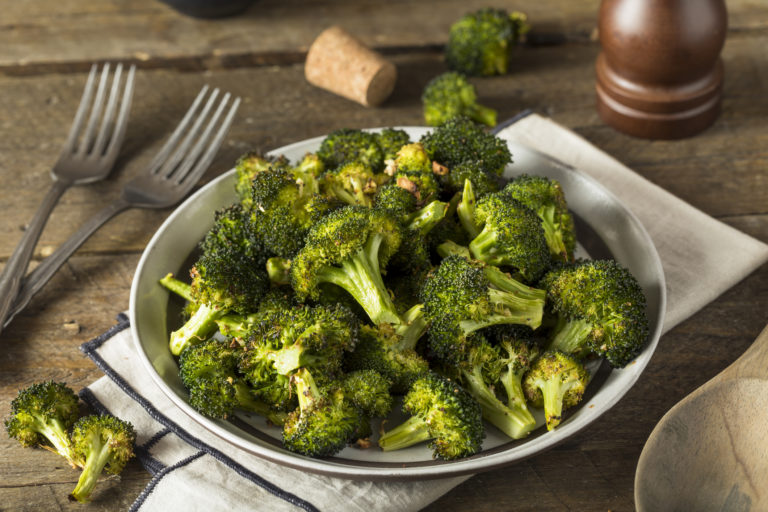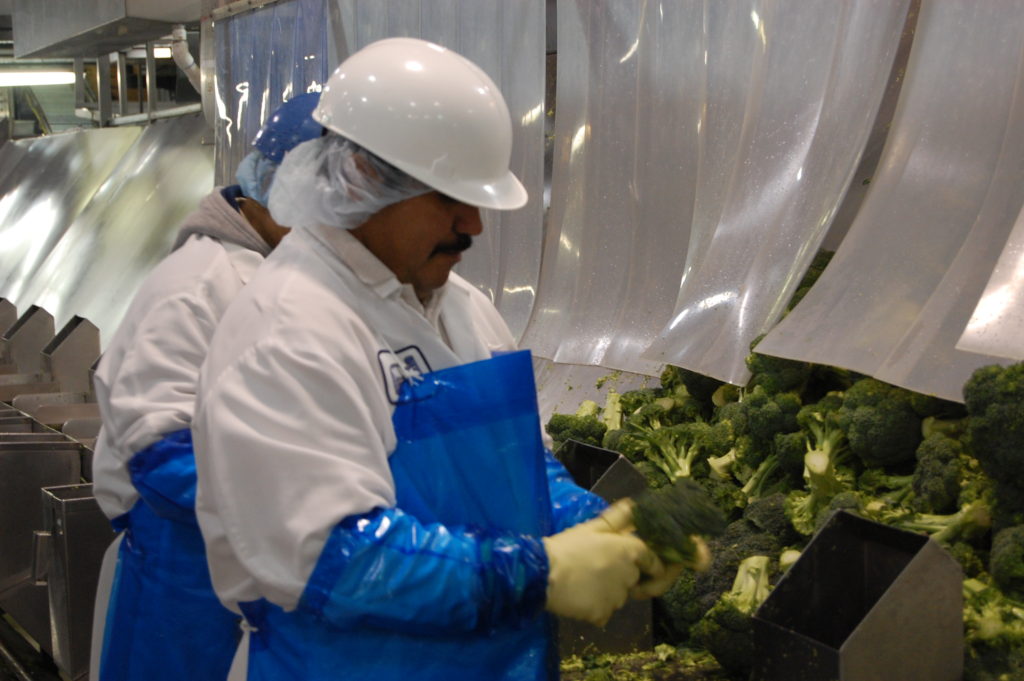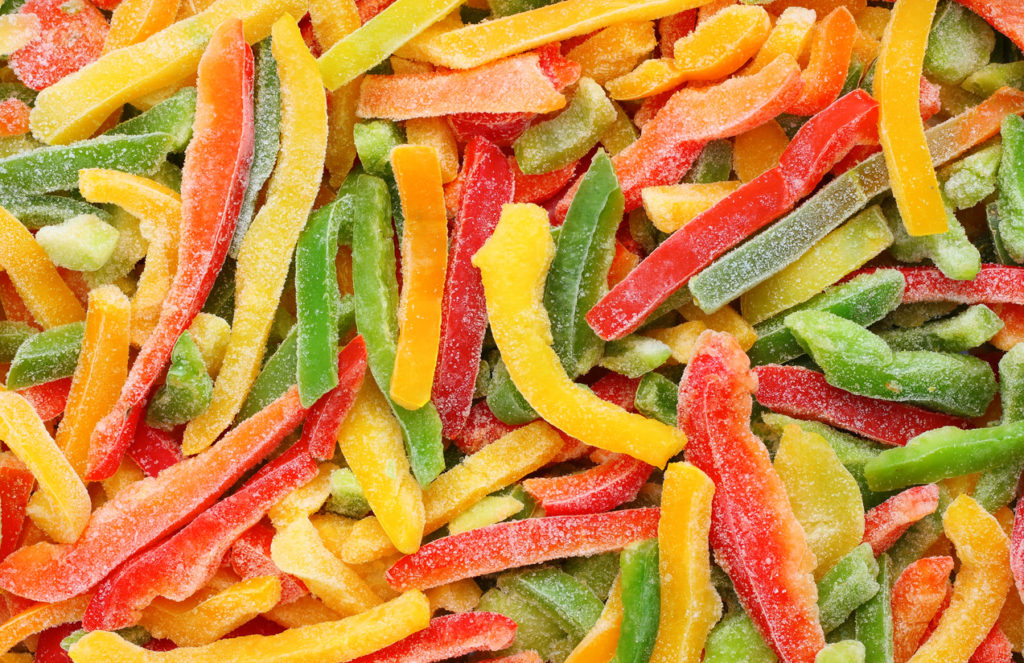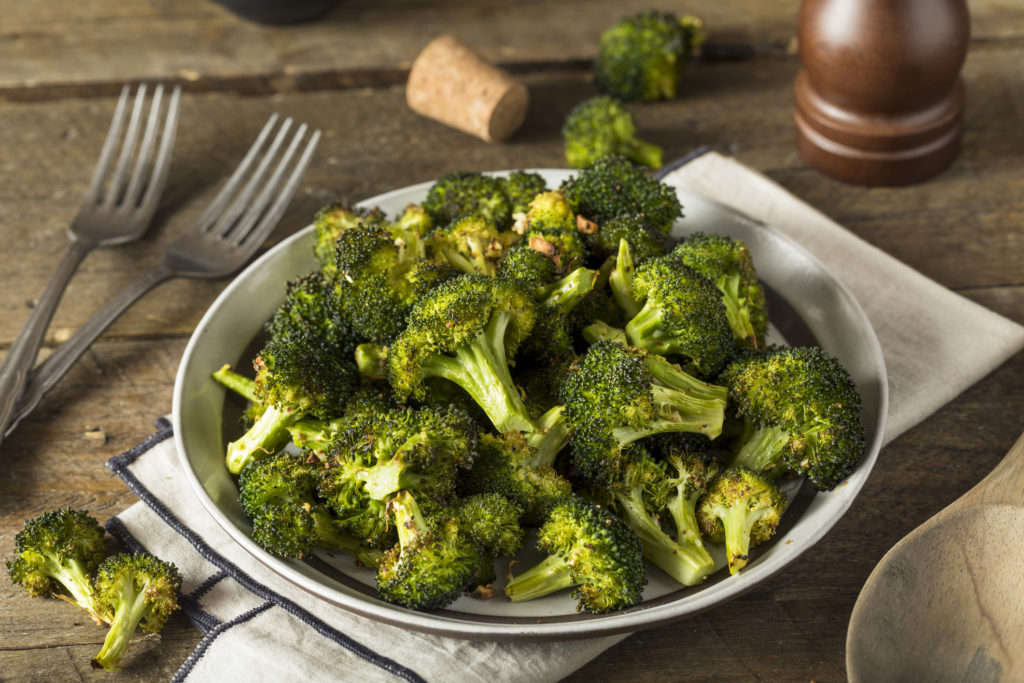
While fresh vegetables are wonderful and will always have their place on the table, it can be a challenge for some busy families to fit cooking fresh vegetables into their schedules. Whether frozen or fresh, less than 1 in 10 Americans eat enough vegetables, so it’s no secret most of us could use a little help to work more veggies into our diets. But learning how much fresh produce to buy can be tricky and mistakes can lead to spoilage and waste. This is where frozen vegetables can really help out the busy, budget-conscious cook.
Harvest At Their Peak
At certain times of the year, frozen and canned fruits and vegetables may be less expensive than fresh produce and may even be more nutritious. While most fresh produce has to be harvested before it is ripe so it will survive shipping and still be fresh by the time it gets to your local grocery store, many canned or frozen vegetables are harvested and preserved at their peak.

No Fuss, No Mess
Is the last thing you want to do when you get home from work chop up a bunch of vegetables? We’ve all been there. One advantage of using frozen vegetables is that most of the prep work is already done for you. Frozen fruits and vegetables have already been cut into bite-sized pieces and are washed and ready to eat. Plus no more 3 month old peppers slowly turning into goo at the bottom of your vegetable drawer because you haven’t had time to cook them. Win win.

Pro-tip: Try Roasting Them
One of our favorite ways to enjoy frozen vegetables is roasting them. It’s about as quick and easy as heating up some frozen French fries, and can really help improve the texture and flavor of frozen vegetables.

Looking for a good recipe to get started? Try this great recipe for Roasted Broccoli. It’s even better with a squeeze of fresh lemon on right before you serve it.
